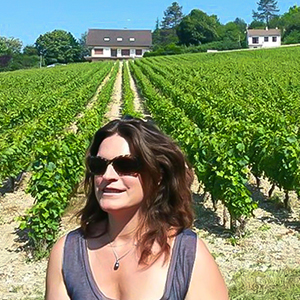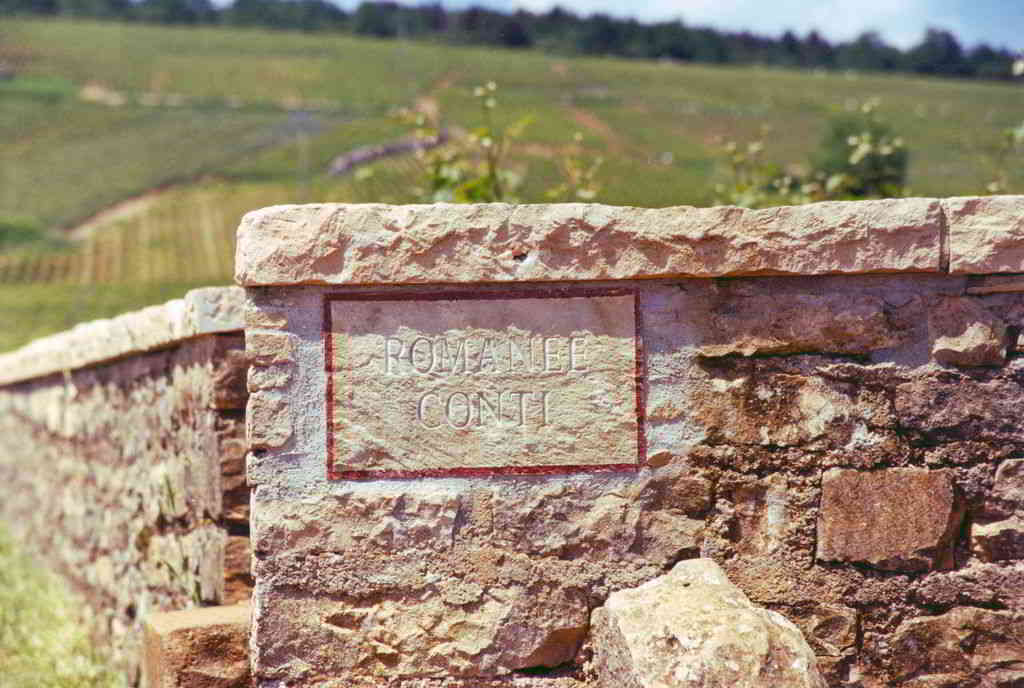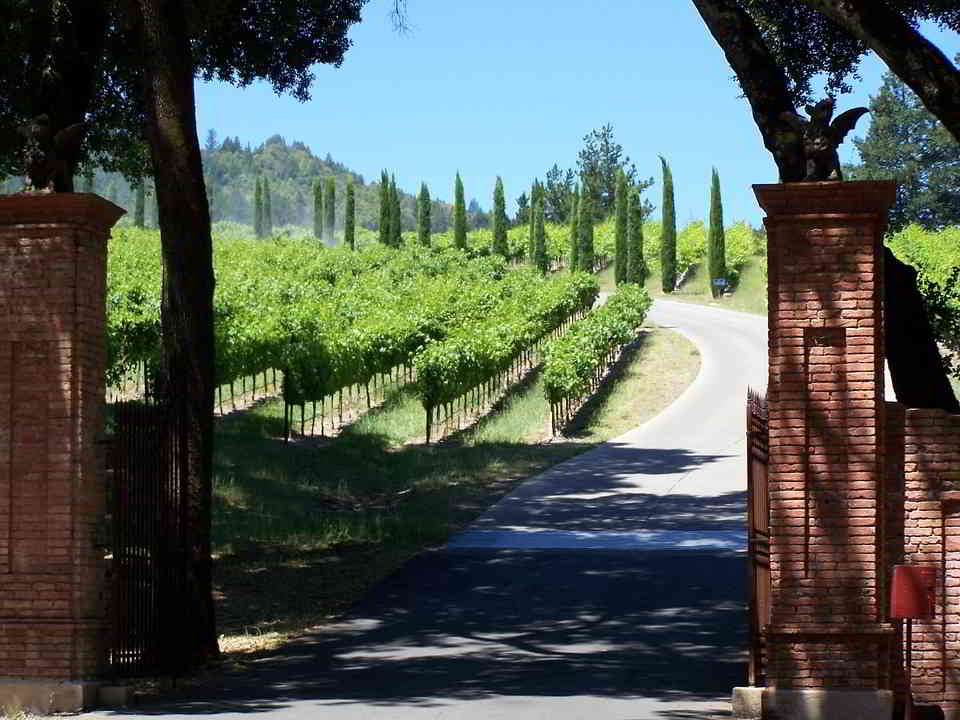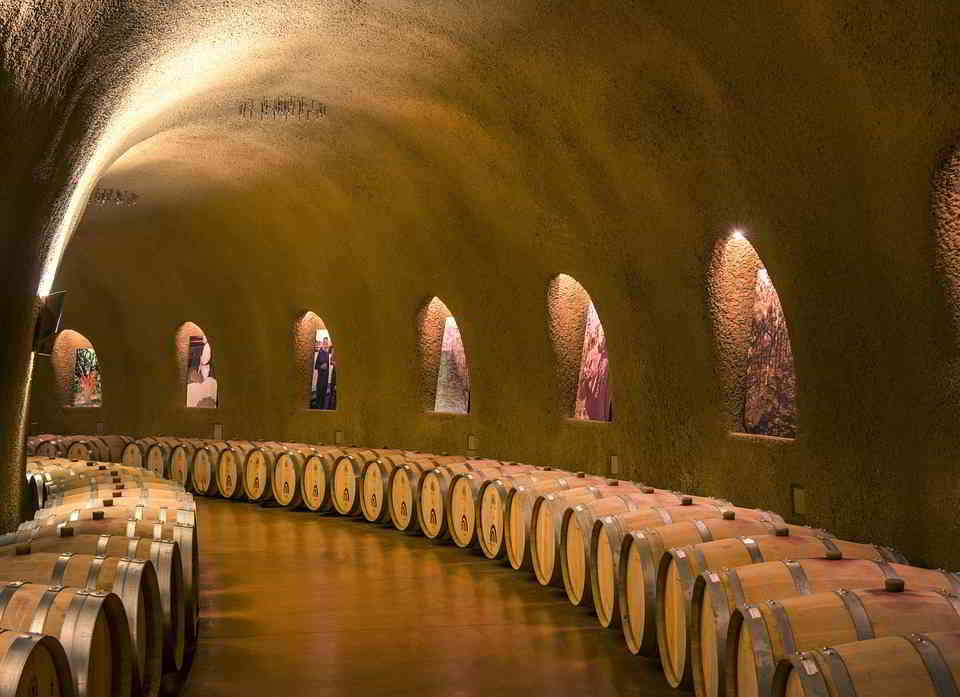Both topping the world charts in terms of prestige and quality, Californian and French wines share some significant common ground. But they also couldn’t be more different in certain respects, from how bottles are labelled to the general philosophy governing the wine-making process. If you’re interested in learning more about the historical and present-day ties connecting vintners in France and California– as well as what sets them apart from one another– read on. Here are 4 key things to know about these two powerhouses in the world of winemaking.

Founder
California and French wines have much in common– but they’re also worlds apart. If you’re passionate about both and would love to learn more about France’s key appellations and winemaking regions, we’ll unlock their secrets for you with a private tour. Chances are, you’ll appreciate the nuances of Californian wines even more!
When the modern Californian winemaking industry first emerged in the 19th century– perhaps truly cemented by Captain Gustave Niebaum in 1879 at his Bordeaux-style Inglenook Winery in Napa Valley— it drew strongly on renowned French traditions. Grafts from the most prestigious European vineyards were brought from Europe to California to establish large plots of grapes such as Cabernet Sauvignon, Chardonnay, Pinot Noir and Merlot. The aspiration of early winemakers in the US was to create wines on par with those of France and other European countries, and their wineries thus adopted a good deal of French terminology as well as techniques for vinification, storing and aging. This explains why Californian wines so often bear French names for grape varietals, and why the rituals of wine tasting draw so heavily on French techniques and terms. One exception to this rule are Zinfandel wines: Originating from Croatia, zinfandel grapes are rarely used in French winemaking, but are behind some of California’s most-iconic red and white wines.
However, the process of creating an identity for Californian wines is quite different. Whereas French wines are chiefly associated with their appellation– a precise term that designates the specific, legally regulated geographic area in which a given wine is produced– Californian counterparts are generally named according to their grape varietal and after the winery that produced it. While information on wineries do appear prominently on many French bottles (especially those that are the most prestigious), the appellation remains the primary way to classify and categorize a wine.
For example, The Harlan Estate Cabernet Sauvignon and the Kongsgaard Napa Valley Chardonnay are two of California’s prized red and white wines, respectively. In France, meanwhile, some of the most prestigious bottles include those from Burgundy’s Domaine de la Romanée Conti– note that in this instance, a single vineyard is also an entire protected appellation— and the Chateau Raye Chateauneuf-du-Pape. The latter hails from the southeastern appellation of Chateauneuf-du-Pape, in the Rhone region. But, wait a second: isn’t the Cotes-du-Rhone itself an appellation? That’s right! There’s also Cotes-du-Rhone Villages, making things even more complicated…
Find all this more than a little confusing? Read this illuminating piece to learn more about the French notion of the appellation. Better yet, come take a bespoke wine tour with us, and gain firsthand insight into how it all works.

Owing in part to the warmer climate of California, most of its wines contain significantly more alcohol than prestigious French wines from Burgundy, the Loire Valley, Bordeaux, Champagne and Alsace, all featuring cooler or more temperate climes.
The warmer temperatures in Central and Northern California– home to the prized vineyards and vintnering estates of Napa and Sonoma– produce wines that often boast an alcohol content exceeding 13.5%. In comparison, most French wines (aside from fortified ones) clock in at about 12%. This is one of the reasons why many French winemakers claim that their creations pair better with meals– you’re less likely to be affected by a glass served with lunch. Of course, this is simply a matter of opinion, and Californian wines can of course be wonderfully paired with just about any meal, however casual.
Meanwhile, the wines of California tend to be less acidic than French counterparts produced in cooler regions: again, warmer temperatures result in lower levels of acidity. This may explain in part why many people– especially those new to wine– tend to find Californian wines very accessible. This isn’t to say that French wines can’t be smooth and easy on the palate (many are), nor that Californian varieties lack complexity or sophistication. However, those with palates sensitive to acidity and tartness may prefer the more alkaline quality of many wines hailing from Napa or Sonoma.

In France, the notion of terroir has roots in the medieval period, when religious orders created wines in Burgundy and elsewhere that were deeply, inextricably associated with the particular character of the soil in which they were cultivated. “Terroir” refers not only to soil quality and characteristics– the sorts of minerals that can be found in it, as well as its texture and depth- but also to climatic conditions and even positioning of the sun relative to a plot. All of these conditions come together to create the particular character of a wine. While not all French winemakers today observe a “terroir-centric” philosophy– in fact, many major wineries have instead adopted industrial techniques that place more emphasis on technological precision– the philosophy of terroir is still incredibly important in France as a whole. In California, the modern winemaking industry has largely embraced the benefits of new technological processes for vinification, storage, aging and bottling, and many winemakers adopt futuristic approaches to the art of wine. The influence of wine heavyweights such as Robert Mondavi in California have tended to make technological innovation, rather than the traditions of terroir philosophy, important here. Nevertheless, as already outlined a bit above, the particular climate and soil quality reigning in areas such as the Napa and Sonoma Valleys mean that geographical conditions still influence the wines. For example, while in Burgundy the presence of limestone in the soil makes for wines with a distinctive minerality, Californian wines tend to lack these strong mineral notes. The reds tend to offer a more directly fruity, “jammy” quality on the palate. Notes of blackberry, cherry, fig, raspberry or other fruits are often more distinctive. Many French wines, owing to their mineral-rich terroirs, boast notes that are often described as smoky, associated with leather, tobacco or graphite. And while it’s true that “terroir” is less important in California winemaking, some producers there take great pride in adopting this very philosophy, as the riveting documentary film Mondovino notes. In short, when it comes to the “terroir or technological innovation” binary in both France and California, things aren’t as cut-and-dry as they may seem! The two seemingly opposed philosophies can in truth be found on both sides of the Atlantic.
While many people assume that French wine critics and enthusiasts overlook or even snub Californian wines, the truth is that their uniqueness, quality and sophistication have been valued for decades. It probably all started in 1976, when a panel of nine French judges in Paris picked Californian wines as their favorites in a blind taste-test-– preferring them, albeit unknowingly, to French bottles that had also been entered into the tasting competition.
The legendary contest, known today as “The Judgement of Paris”, put Californian wine firmly on the map, increasing consumer demand and inspiring aspiring winemakers from Australia to South Africa to try their hand at creating their own unique wines. It’s even been adapted into an entertaining film, Bottle Shock (we highly recommend it). During the competition, one of the judges, a famous French chef, was reported to have erroneously exclaim “Ah, back to France!”– but he was actually tasting a Napa Valley Chardonnay that would be included among the winners. The 1973 Stag’s Leap Cabernet Sauvignon and the 1973 Chateau Montelena Chardonnay are now displayed permanently in the Smithsonian Institute’s National Museum of American History.
Since then, Californian wines have enjoyed immense respect, and while there’s admittedly fierce competition between French winemakers and their younger counterparts in Sonoma and Napa, it’s a healthy, constructive one that encourages innovation and friendly sportsmanship. This may explain in part why so many Californians are passionate Francophiles and French wine lovers. Or why so many French people hold a positive view of the US state– not to mention form huge communities in places such as Los Angeles and San Francisco.
Friendship, rivalry, mutual admiration, and rigorous competitiveness: the ties between French and Californian winemaking include all of these elements. And isn’t that all part of the fun?

Did you like the content? Share it now!
French winemaking, especially in places such as Burgundy and Alsace, reserves many secrets. This is why a private wine tour led by experts is the best way to really understand France’s finest wines and how they’re produced. Contact us to start building your own bespoke wine tour now– whether in Bordeaux or the Loire– straight away.
Did you like the content? Share it now!
To provide the best experiences, we use technologies like cookies to store and/or access device information. Consenting to these technologies allows us to process data such as browsing behavior or unique IDs on this site. Not consenting or withdrawing consent may negatively affect certain features and functions.
